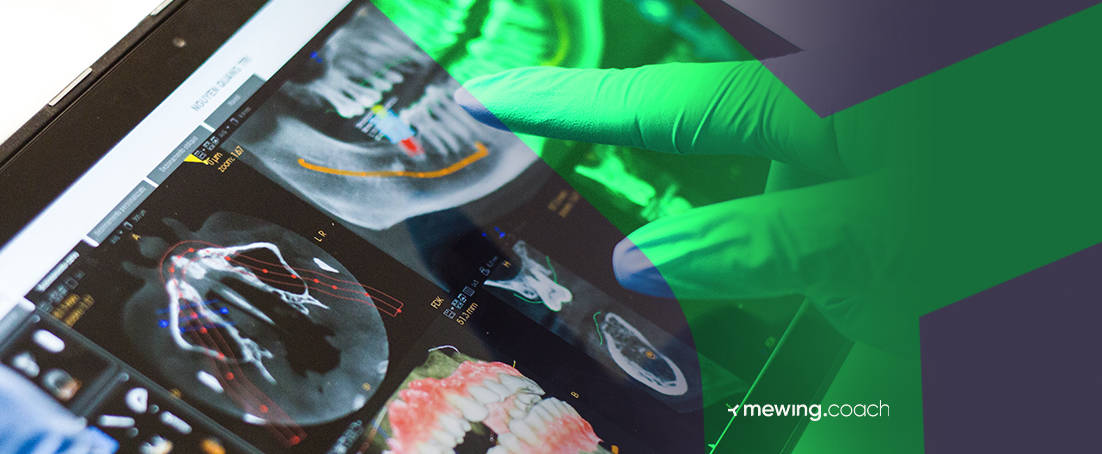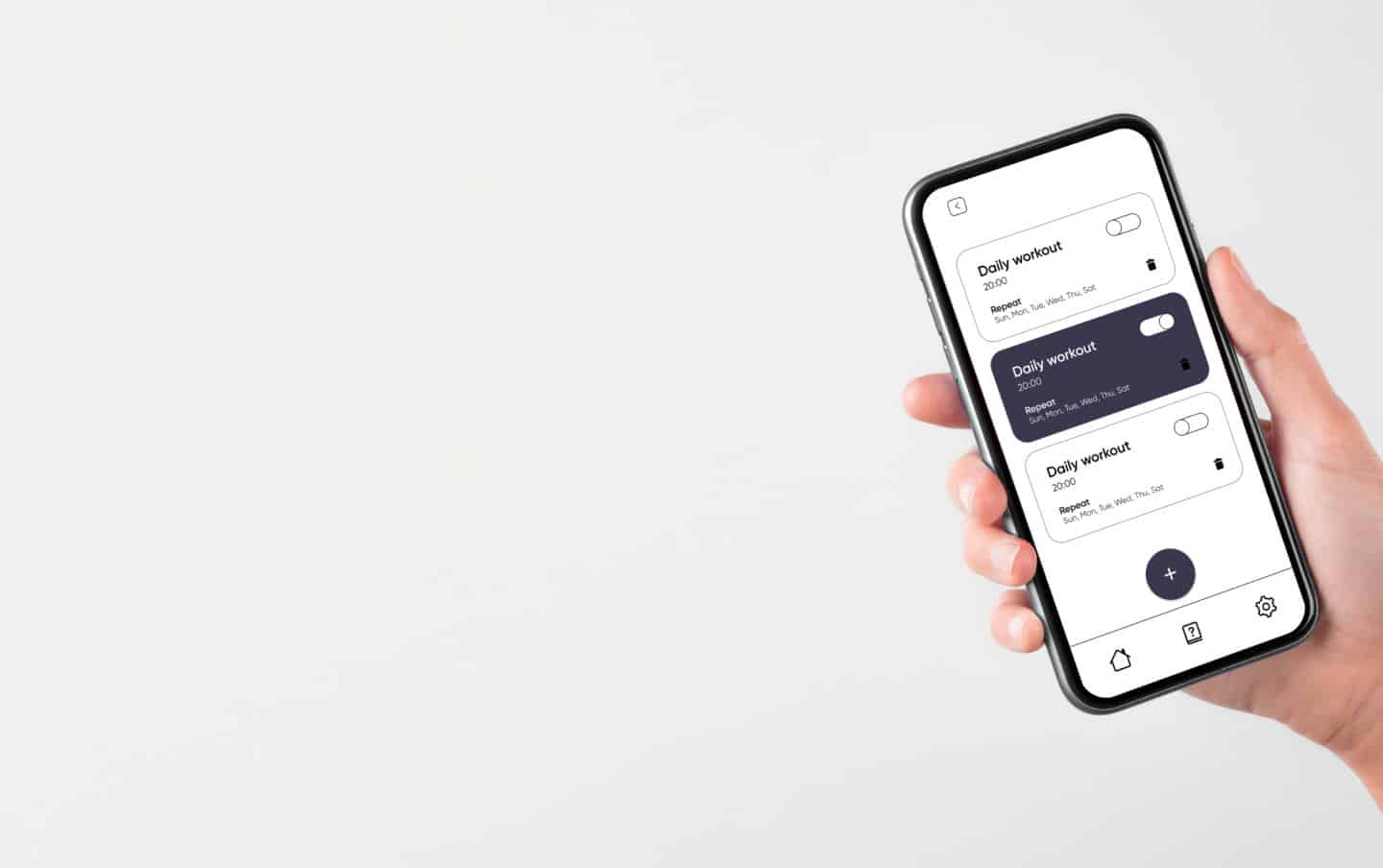The recovery process after a jaw or orthognathic surgery takes time and patience. Eating and drinking will be challenging for a while, and you may have to use a syringe. This process involves the mouth, jaw, and tongue, which are all “out of order” at the time.
While an orthognathic treatment is permanent, we still recommend doing facial mewing after jaw surgery as part of your permanent daily routine.
But how long should you wait for post-op before you start mewing after jaw surgery? And can mewing enhance the procedure’s results?
Let’s find out!

Oral Work and Mewing: Can You Have Both?
Recovering from double jaw surgery, in terms of returning to regular speaking and eating, takes a week or two. The patient’s body and regenerative abilities play a key role here. Considering the interventions done during the operation, the bone tissue may still not have returned to its original shape.
This is why you should be gentle and cautious not to squeeze your teeth or put too much pressure on your palate.
However, mewing is a definitive yes when it comes to jaw exercises after jaw surgery. This is because you’re gently and slowly exercising numerous different muscles inside your mouth by correcting your regular tongue posture.
If you’ve been using Mewing.coach, consider these beginner’s mewing tips instead of continuing at the pace you maintained pre-op.
Can Mewing Be a Benefit Before a Jaw Surgery?
Considering that your jawline muscles are still forming and the bones are still in the process of getting stronger – mewing can be of paramount assistance and only benefit you pre-op.
Mewing works by re-shaping mature bones – so think about the immense impact of mewing in this case.
Even Dr. Mike Mew recommends starting with soft mewing and mewing and tongue chewing exercises to help with achieving correct tongue posture. This also tones the different cheek and neck muscles, adjusting them to the brand-new and improved jawline shape to sustain it.
Think about it this way – your jawline is the bone, the static part of your entire face. The muscles and the tongue, which are all connected internally, help in shaping and moving the jaw in all sorts of different positions.
Thus, mewing prior to surgery can only further enhance the post-op results.
Why You Should Start With Mewing Exercises After Jaw Operation
Why do most people start mewing?
That would be the results mewing has on jaw sculpting, of course.
However, if a double jaw procedure is unavoidable for you, you shouldn’t just ditch mewing because it’s an exercise that helps sustain the operation’s results and recover your muscle strength quicker after the surgery.
In addition to this, mewing can by:
- Forcing you to push your tongue against the roof of the mouth, shaping the palate
- Helping you train your jawline to be in the proper oral position
- Helping you avoid braces in the long run.
If you can’t manage to instantly return to pushing the roof of the mouth with the whole tongue – don’t push it. Practice makes perfect, and you already know you can do it.
You’ve had a medical procedure, after all, so making baby steps and gradual progress should be awarded!
Piece of Advice: Stay Away From Hard Mewing After Jaw Surgery
Hard mewing is the practice of applying more pressure while doing regular mewing exercises. And as such, it should be avoided after having a facial procedure since it’s a hard practice for people who haven’t had any procedures done, to begin with.
Read more about this issue in our soft vs. hard mewing guide and get a grip of knowledge of each type’s benefits and downsides.
The entire concept of mewing is doing it right and correcting your tongue position, which has been standing between you and your desired facial structure.
Whether you’re a beginner or just someone returning to their old mewing habits, make sure you check out the correct tongue posture diagram to know what to do.
Mewing Progress and Success Can Be Restored After Jaw Procedure
Recovering from an invasive orthognathic procedure is no easy feat. The process can take months, and it’ll be a while before you return to your old ways of talking, eating, and performing other daily actions.
Since we use the mouth and the jaw when we talk and express ourselves, it will take some aftercare to get back on track. Luckily, with our Mewing.coach app, you’ll be able to restore your mewing progress quickly and easily. You’re always free to return to your personalized program even after taking a break from mewing!
Each one of our users is treated with care, respect, and caution, meaning there’s no chance your account will be deactivated or your progress lost in vain if you haven’t logged in for a while.
But to avoid unnecessary pain, consider returning to mewing and our app after careful consideration and examination from your orthodontist or doctor. After you’ve been given the green light, you can go back to mewing as usual!





